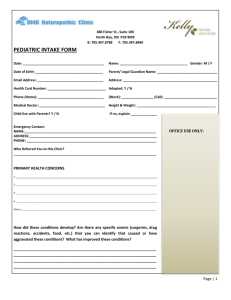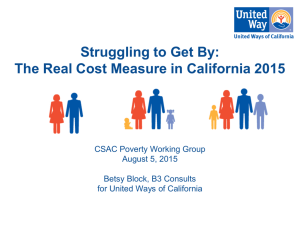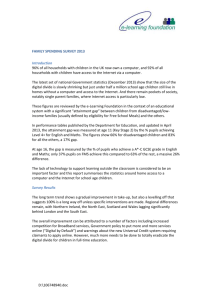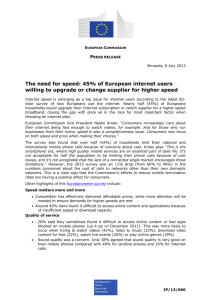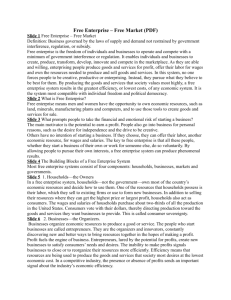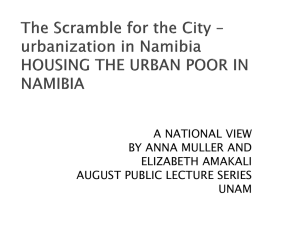Human Lifespan Development: Stages & Influences
advertisement
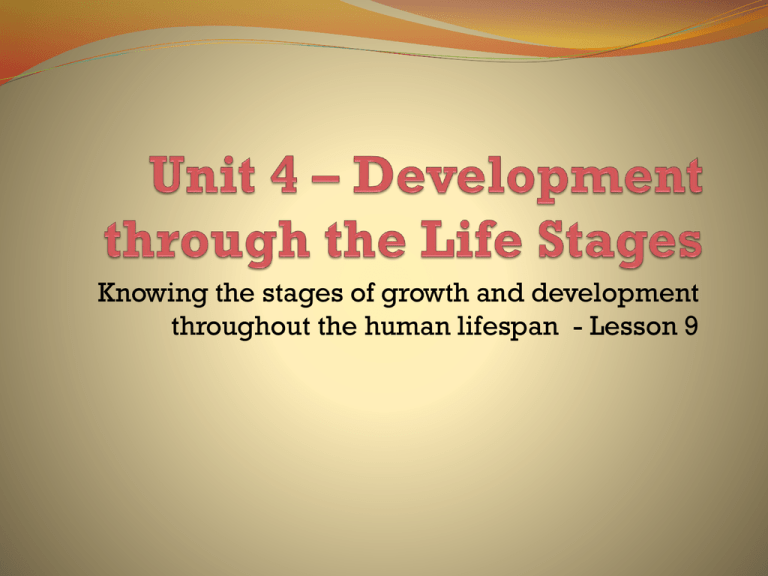
Knowing the stages of growth and development throughout the human lifespan - Lesson 9 Learning Outcomes of Unit 4 You will be able to: 1. Identify and define the stages of growth and development through the human lifespan, 2. Identify, define and apply the potential effects of life factors and events on the development of the individual, 3. Identify and define the physical and psychological changes of ageing. Presentation time Biological influences before birth The environment inside a mother womb can have a dramatic influence on the development of a child, Smoking or drinking during pregnancy can affect the development of the child in the womb. http://www.youtube.com/watch?v=A2JUuQOlEzs Foetal alcohol syndrome Alcohol can have a negative influence on a child’s development before birth, Mothers who drink large amounts of alcohol when pregnant may give birth to children with foetal alcohol syndrome, Children with this condition tend to be smaller, have smaller heads than normal and can also suffer with heart defects and learning difficulties. Infections during pregnancy Infections such as rubella and cytomegalovirus can attack the foetus if a mother becomes infected, Rubella may lead to a baby being born with impaired hearing , impaired eyesight or even a damaged heart, Cytomegalovirus can cause deafness and learning difficulties. The extent to which these biological influences will affect the quality of life of an individual will depend on the way in which deaf or disabled people are treated by others. Effects of diet Our biological life starts at conception nine months before we are born, Babies will be affected by what their mother ate during pregnancy and during brest feeding, A high diet in sugar and fats will increase the risk of high cholesterol and heart disease in children later in life, Malnutrition and a lack of healthy food on the other hand will may result in a lifetime of poor health. Food Standard Agency (FSA) Read pages 150 on the effects of diet and in pair plan the diet of a 5 months pregnant woman for a week. You must have a detailed plan for breakfast, lunch, dinner and including all drinks and snacks throughout the day Environmental Influences Air and water pollution can influence development and be a major source of ill health, In the past a lack of sanitation and sewerage in cities led to life threatening diseases such as cholera, Until lead was removed from paint and petrol there were major concerns that led pollution in the air might affect the brain development of young children, What do you think? In addition to traffic what else might affect air quality? What do you think ? How might the quality of housing affect an individual’s health ? Poor Increased risk of crime in the Architectural features that Dampness and the risk of Pollution from nearby traffic neighbourhood createsquality a safety hazards associated allergies and and Poor facilities such as shops infections housing Noise from other high density parking in the neighbourhood Poor heating and ventilation in housing lead to Stresscan from overcrowding the winter including noise, lack of privacy .... etc Access to recreational facilities Low income may restrict access to travel and other recreational activities, Social Trends (2009) reported that in 2007, 54% of households in the lowest income groups did not have access to a car, 92% of households with a high income had access to a home computer and had internet, 35% of households with a low income had access to a computer and only 25% had an internet connection Have a think What barriers to accessing leisure facilities could occur depending on the income an individual is in ? Just to identify a few ... Money, Travel, Information, Time, Culture, Location Access to health and social care services Areas with high proportion of low income households have poorer facilities than wealthy areas, NHS although it provides a free service for everyone it is believed that some groups may not receive the same quality of healthcare, National Statistics (2006) found that reports that 11% of households without access to a car said they had difficulty in seeing their local GPs, People with no access to the internet would also struggle to access NHS direct. Helpful Tips Write 5 top tips or golden rules about the topic for students taking the lesson next year. Develop with snowballing, group answers or posters etc. Back to Plenarie



